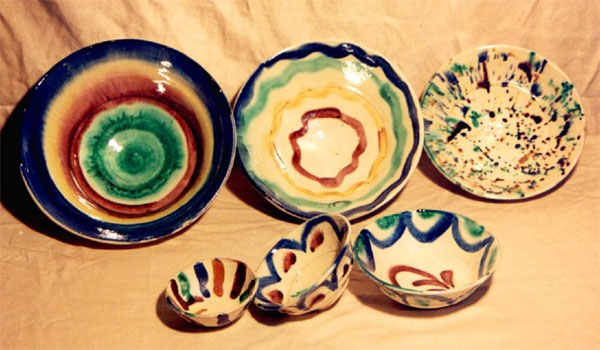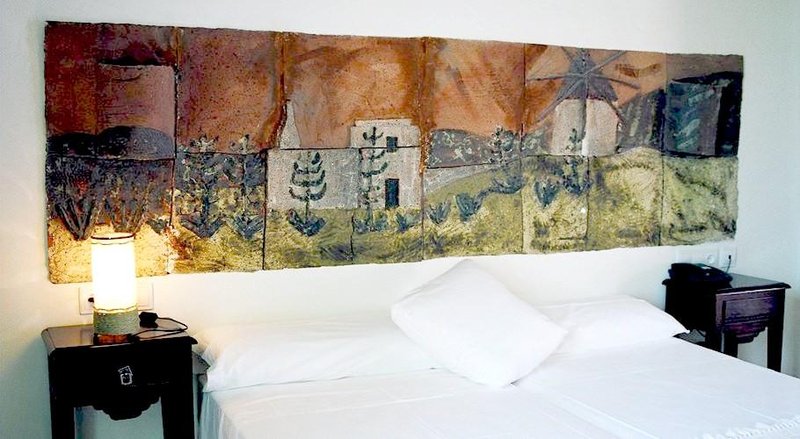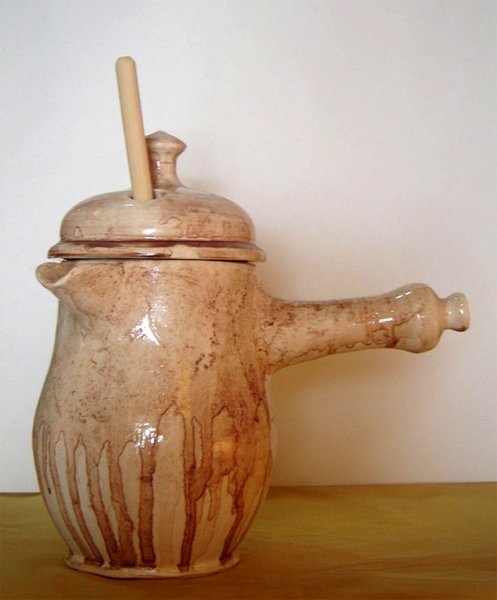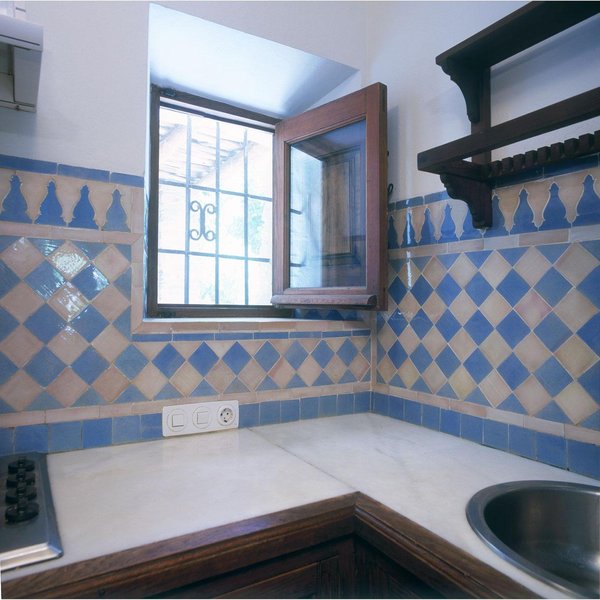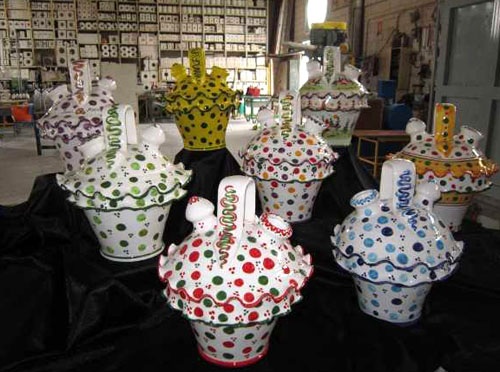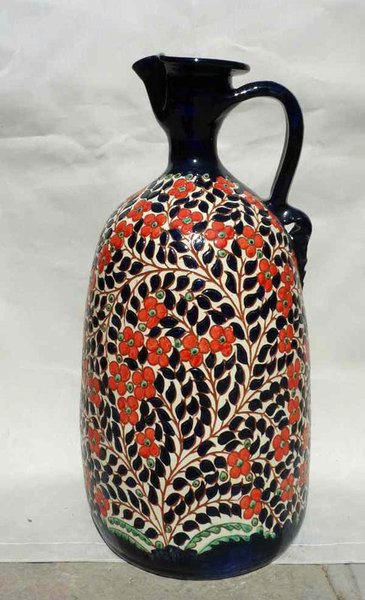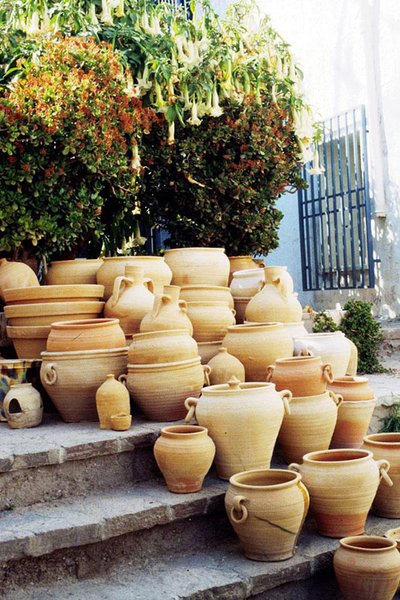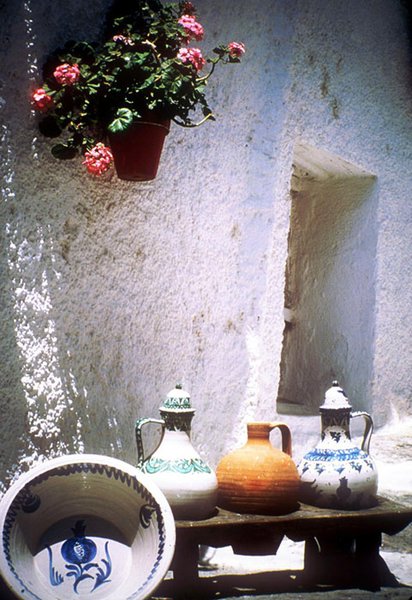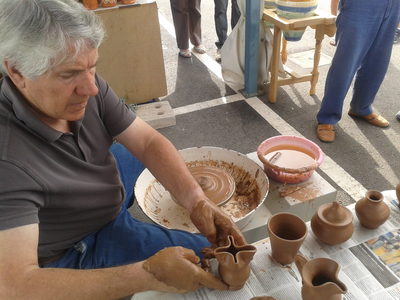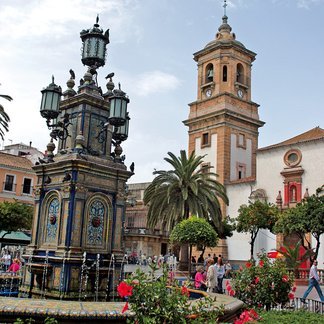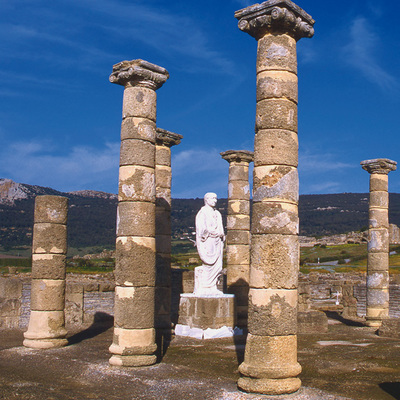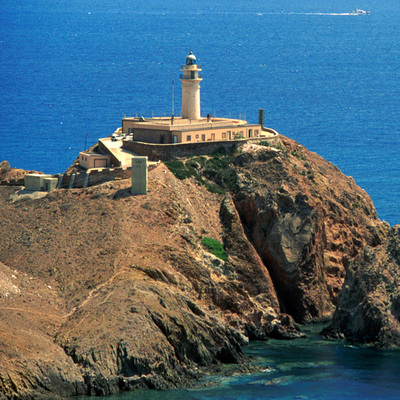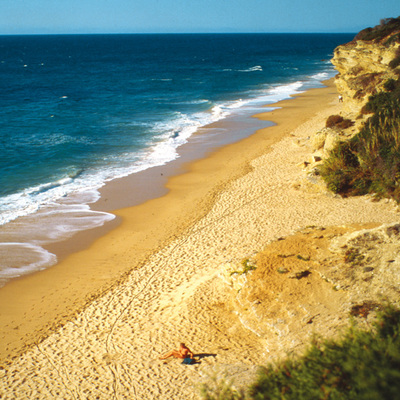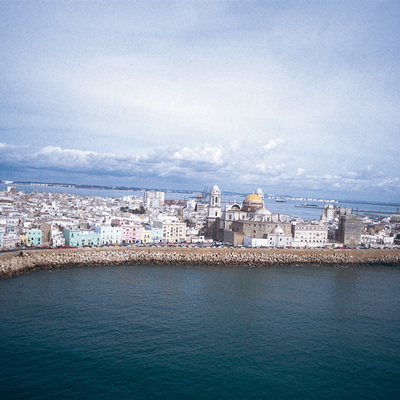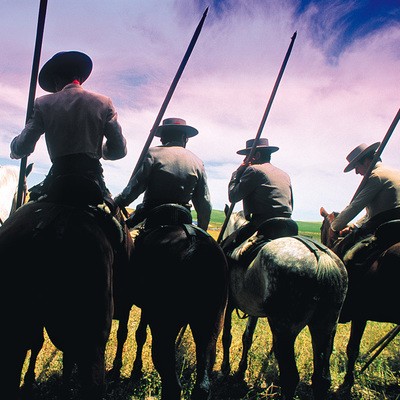Pottery and ceramics
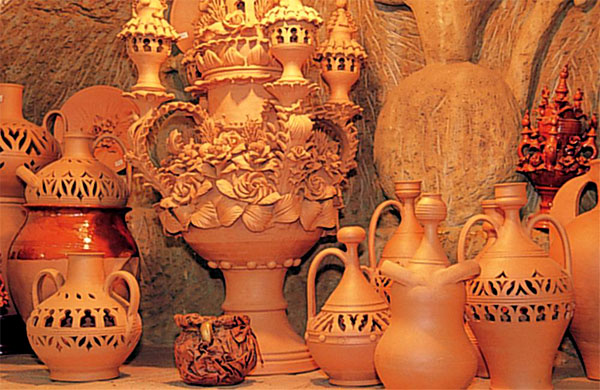
With a continuous presence since the Neolithic era, caliph-style ceramics stand out in Andalusia, especially the style that appeared in Medina Azahara between the 9th and 11th centuries. Nasrid pottery is the next most significant, which originated in the pottery workshops of the hillock of Granada, where the doorway to the city was located: Fajalauza. Don't forget the geometric ornamentation that was used on most production after the 11th century in Al-Andalus (generally known Al-Andalus ceramics), or very specific productions such as the lustreware of Malaga pottery workshops in the 13th century.
After a considerable decline in demand during the 20th century, in recent years there has been a spectacular resurgence, and it is now one of the crafts that has best adapted to modern demands for decorative traditional products.
In Almería the preservation of most of its historical pottery workshops and of the most traditional collections for fire and water are noteworthy. Municipalities like Vera, Níjar, Sorbas and Albox are a clear example of the preservation of this craft.
The province of Cadiz has several towns where pottery work has had a presence and remains today, especially in the municipalities of Jimena and Conil de la Frontera.
With presence of Muslims, the pottery tradition in Cordoba underwent a radical change. Today, and thanks to the efforts of different researchers and workshops, it has been possible to recover pottery from the caliphate of Cordoba, the era of greatest splendour of Arab Spain. The importance of the pottery centre at La Rambla (one of the major centres of the country) and the purity of the pottery tradition in Lucena, are both noteworthy.
The province of Granada has been the home of a great pottery tradition, and despite its decline, it currently has a large production for decorative purposes, and very significant pieces have been recovered from the old Granada pottery workshops, such as the Accitana jug (from Guadix), traditional tiles and polychrome clay figures.
In the province of Huelva, there has historically been a longstanding tradition of pottery and ceramics, as demonstrated by the excellent collections exhibited in the different museums in the capital. Note that the basic raw material used in this province is white clay from Trigueros and its surroundings.
Jaén is one of the Andalusian provinces where these types of crafts stand out the most, with important ceramics centres in Alcalá la Real, Aldeaquemada, Andújar, Arjonilla, Bailén, Baeza, Cazorla, Puerta de Segura, Marmolejo, Puente de Genave, Santa Elena, Siles, Torredelcampo and Úbeda.
In modern Malaga, the legacy of traditional pottery workshops is combined with the creative pottery which has been incorporated by new craftsmen.
The city of Seville has one of the greatest traditions of Spanish tin-glazed polychrome ceramics, which rose to splendour in the 16th-18th centuries, and has been taken up again recently in various workshops of the capital and nearby villages.

